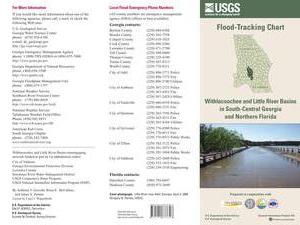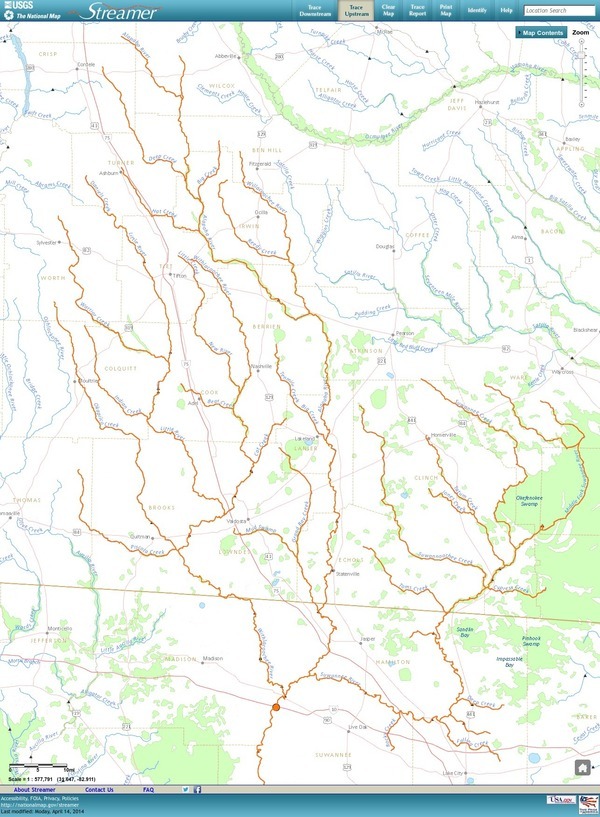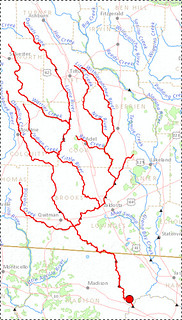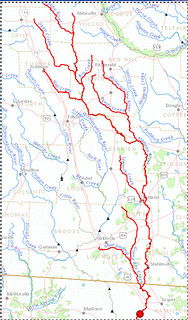Update 2021-03-09: The funding cost per gauge has gone up, to $22,500, of which usually the USGS contributes about $900.
How much would it cost
to fund the Okapilco Creek gage so it won’t go offline July 31st?
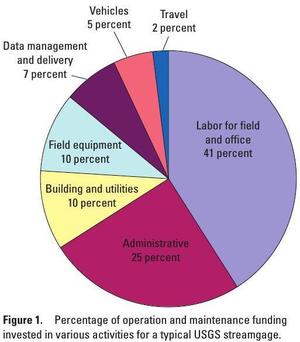 About
$13,600/year, more or less, mostly for field and office labor
and administration, with only 10% for the field equipment.
Since this gage is located in Brooks County, Georgia,
the most likely funding body (after USGS itself)
would be the Brooks County Commission.
Yes, it’s in WWALS watersheds; no, WWALS doesn’t plan to take on
funding streamgages. If some funding organization appeared
that wanted to pass the funds through WWALS, which is a 501(c)(3)
educational institution, that would be possible.
But this seems more like a government issue.
About
$13,600/year, more or less, mostly for field and office labor
and administration, with only 10% for the field equipment.
Since this gage is located in Brooks County, Georgia,
the most likely funding body (after USGS itself)
would be the Brooks County Commission.
Yes, it’s in WWALS watersheds; no, WWALS doesn’t plan to take on
funding streamgages. If some funding organization appeared
that wanted to pass the funds through WWALS, which is a 501(c)(3)
educational institution, that would be possible.
But this seems more like a government issue.






